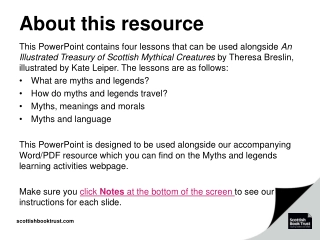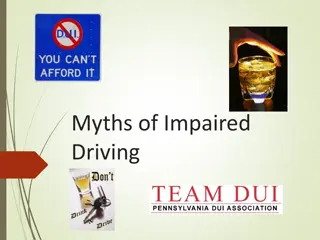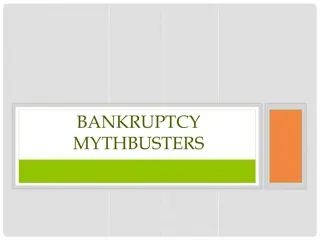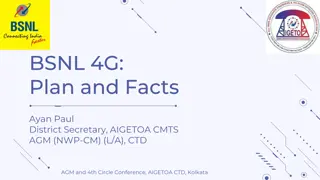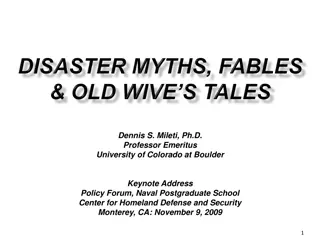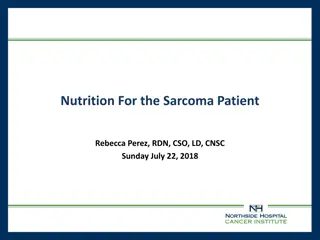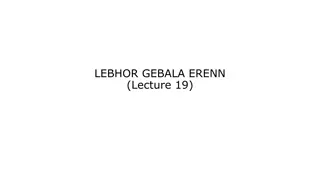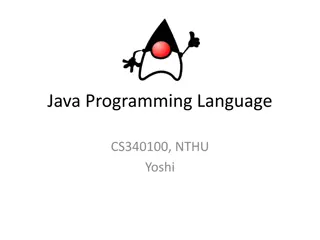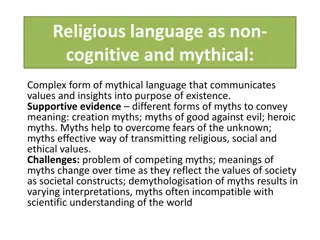Common Myths in Data Science: Debunked
Data science is a dynamic field but is often misunderstood. Explore debunked myths including the role of AI and machine learning, the necessity of a Ph.D. for data scientists, and the misconception that data science is fully automated.
Download Presentation

Please find below an Image/Link to download the presentation.
The content on the website is provided AS IS for your information and personal use only. It may not be sold, licensed, or shared on other websites without obtaining consent from the author.If you encounter any issues during the download, it is possible that the publisher has removed the file from their server.
You are allowed to download the files provided on this website for personal or commercial use, subject to the condition that they are used lawfully. All files are the property of their respective owners.
The content on the website is provided AS IS for your information and personal use only. It may not be sold, licensed, or shared on other websites without obtaining consent from the author.
E N D
Presentation Transcript
UNGRADED QUIZ Unit 2
1. What is not true about abductive reasoning? A. Abductive reasoning is introduced by Charles Sanders Pierce. B. Abduction is the same as inference to the best explanation (IBE). C. Abductive reasoning aims to propose a promising conjecture by exploring different plausible explanations. D. EDA is in alignment with abductive reasoning
2. Which of the following is NOT a component of EDA proposed by Velleman and Hoaglin? A. Residual analysis B. Re-expression C. Robust procedures D. Revelation (data visualization)
3. In the past some scientists did not have the concept of residuals and thus they reported perfect data. These include: A. Johannes Kepler B. Gregor Mendel C. Arthur Eddington D. All of the above
4. Which of the following describes the concept of residual analysis? A. Data = fit + residual B. Data = model + error C. Data = signal + noise D. All of the above
5. Which of the following is not a data transformation method? A. Normalize the distribution B. Stabilize the variance C. Linearize the trend D. Equalize the deviations
6. What of the following is called common log? A. Log() B. Log2() C. Log5() D. Log10()
7. The data visualization tool boxplot can be extended to: A. Mean smoothing B. Median smoothing C. Winsorized mean D. Trimmed mean
8. Which of the following statement about EDA and data mining (DM) is UNTRUE? A. EDA counts on human judgment whereas DM relies on automated machine learning B. Data mining is specifically developed for big data while traditionally EDA handles smaller data sets. C. Both EDA and DM rely on data visualization D. Both EDA and DM check parametric assumptions to prepare data for CDA.
9. Which of the following is not included in the goal-oriented taxonomy of EDA? A. Detecting data clusters B. Maximizing insight C. Selecting variables D. Recognizing patterns and relationships
10. Which of the following is untrue about EDA and data mining (data science)? A. EDA requires manual transformation while data can be automatically transformed inside the hidden layer of neural networks. B. EDA is hypothesis-driven while data mining is data- driven. C. In EDA we use density ellipse to identify and remove outliers but this approach is not suitable to big data analytics. D. All are true.
Answers (1) B (2) C (3) D (4) D (5) D (6) D (7) B (8) D (9) B (10) B


